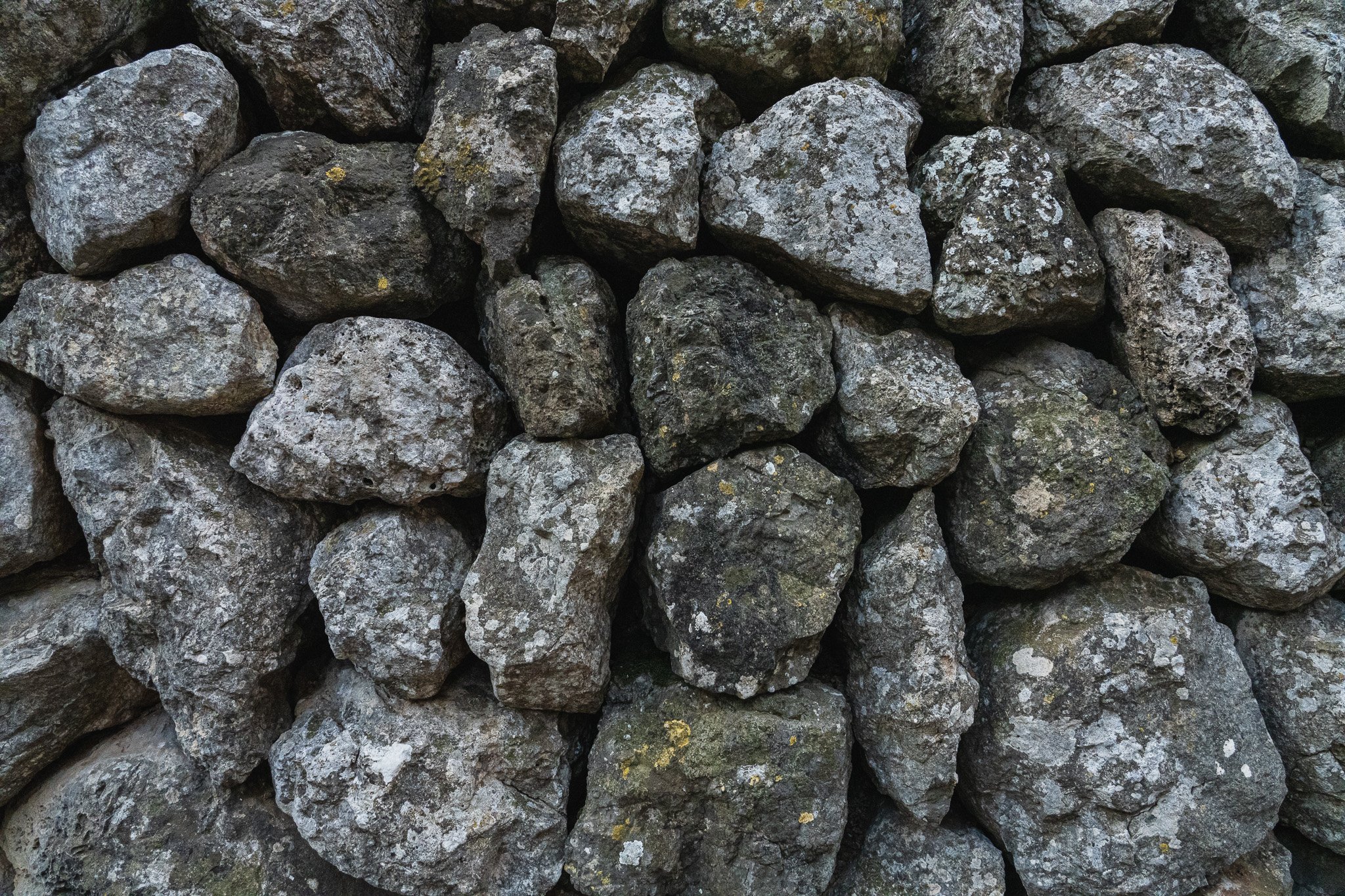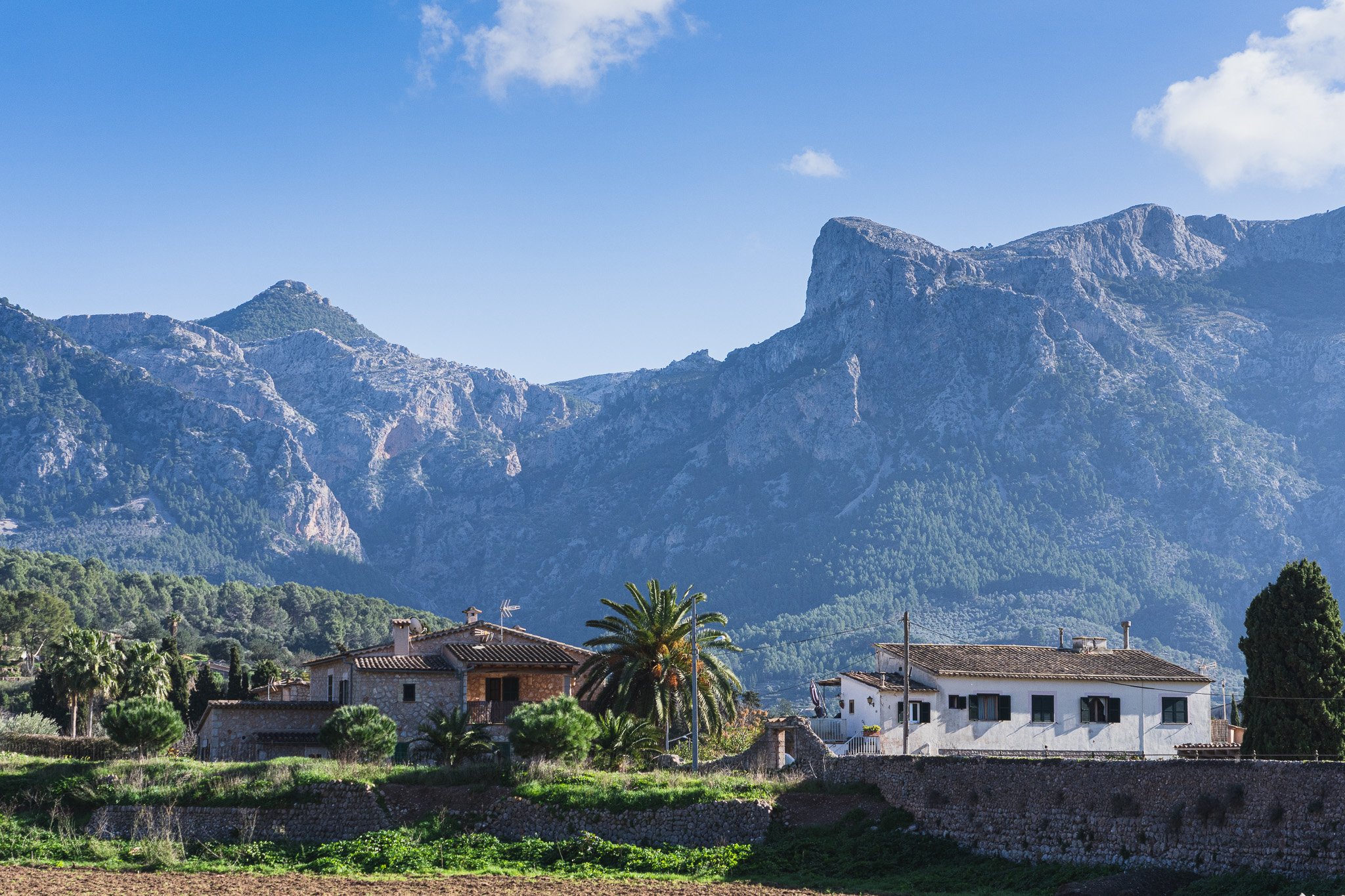Pride and Prejudice: the Dry Stone Route
Along the Tramuntana mountain range extends an unlikely trail. Over 140 km long, the Dry Stone Route, or Ruta de Pedra en Sec (GR221) snakes up to high mountain passages and down the valleys on a landscape that gained recognition due to its ability to merge human and natural elements harmoniously.
But this journey could have been lost to me due to equal measures of pride and prejudice towards the place where this trail is found. At first, Mallorca may not be the most obvious destination for wanderers and adventure seekers. For most, or at least for me, the island it’s a summertime destination, an alcoholic Disneyland, a teenagers’ extravaganza. It does not matter now if these ideas were right or wrong. What matters is that, away from Palma, Mallorca hides many gems.

“Many years later, as he faced the firing squad, Colonel Aureliano Buendía was to remember that distant afternoon when his father took him to discover ice.” This is the beginning of Gracía Marquez’s 100 Years of Solitude. This is an unlikely start for any story, but somehow it found its way to this one. The Dry Stone Route takes its name due to the countless human structures built by masterly placing limestones together without the assistance of a liquid substance to glue them. Along the trail, houses, walls, fences, castles, and the route itself floats effortlessly, almost ethereal, due to the lack of bonds between the rocks. Despite that, the abundance of limestone in this environment creates the illusion that all these constructions emerged on their own, like trees, born from the ground. Structures that have been there since ever.
But limestone was not the material of my dreams while traveling along the Tramuntana mountains. In fact, my imagination was grabbed by a more ephemeral substance: ice.
For several days on that trail, I kept hearing and reading about nevaters, men that, as far back as the XVI century, would climb these mountains and follow these same trails in order to collect and save the snow that would fall during the winter. This snow would be pressed and kept protected until summertime when it would be transported with mules and carts all the way down to Palma to be sold.
Just like Colonel Aureliano Buendía in his infancy, I was also startled by the ice. In this case, the idea of it. While looking at the sheer rock faces of the Tramuntana mountains and carrying my heavy pack under an hard sun, my mind floated back to the times when, because of the whim of a minority, a group of weather-worn ice merchants would face frost-bite and winter storms for the ice that would refresh beverages and make ice cream at the capital.

The nevaters’ job has long disappeared, but the impossibility of their labors has the essence of myths: stories that overrun reality forever. Swinging up and down the mountains, I imagined those men filling baskets of white, glossy, transient blocks of ice across threatening limestone cliffs to the sun-baked beaches of the south before it melted.
But the GR221 is filled with unlikely stories. In one story, during the Muslim conquest of the island in 902, the “impenetrable” Castle of Alaró was the stage of a siege that lasted 8 years and 6 months; in another, King James I of Aragon, The Conqueror, would show his warrior prowess by single-handedly open the gates of this formidable fortress and for killing so many enemies that the golden glow the rocks that surround the castle emits are said to be due to the blood spilled; on yet another, the same king’s horse jumped across the island, with a gigantic leap leaving a giant footprint imprinted on the rock still visible today; but the most unlikely story is the trail itself.
Such an incredible trail like the Dry Stone Route does not often come into the conversation when we talk about Mallorca. The preconceived ideas about the island represent everything I lack interest in. Mundane activities like partying and fancy dining fail to inspire me. To weigh even more on my prejudices, before embarking on this trip, I found information about the trail, only mentioning unworthy easy-going, holiday-like stretches of the trail (none of them part of the actual route). The reality was much different than my ideas. The GR221 is a hidden outdoor gem known only to the truly passionate hikers who dare to look for unlikely stories somewhere away from the mundane.





